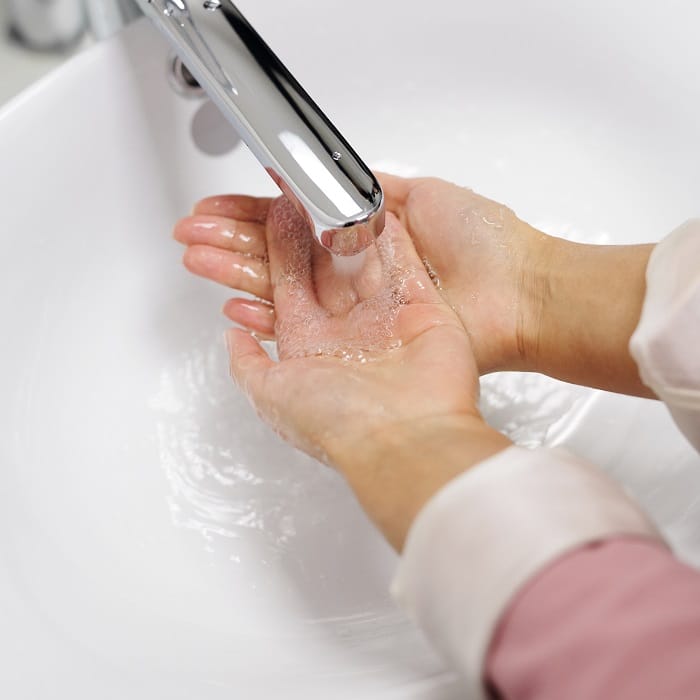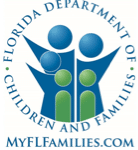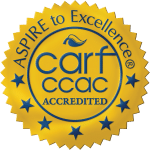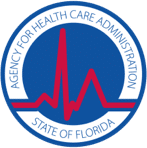Obsessive Compulsive Disorder (OCD)
Home » What We Treat » Obsessive Compulsive Disorder (OCD)
What Is Obsessive Compulsive Disorder (OCD)?
Thought to be an anxiety disorder that causes ordinary worries and doubts to amplify, about 2.2 million adults are affected by an obsessive compulsive disorder (OCD) according to the National Institute of Mental Health (NIMH). Men and women receive the diagnosis equally, with about one-third reporting symptoms as early as childhood. Individuals with OCD may or may not realize that their ritualistic behavior is senseless, but they are powerless to stop it.
For instance, someone may go through a door several times until they get it “just right”, or a student may take longer on a test because they keep erasing checkmarks to make them look “perfect.” Often, individuals diagnosed with OCD have difficulties getting to work or school because of the time lost on their rituals. For instance, they may repeatedly dress and undress to perfect the routine and never make it out the door.


Signs and Symptoms of OCD
An individual may have OCD if rituals, such as cleaning their house several times a day or worrying obsessively that they or someone in their family may get hurt, are interfering with daily life. Although consumed by their habits, those diagnosed may also have intrusive thoughts about hurting themselves or others or having impulses to do socially unacceptable things following rituals. Some individuals with OCD are preoccupied with life order. Others have a difficult time throwing away things and may result to hoarding. OCD is often associated with motor tics or twitches, If left untreated, OCD can become emotionally debilitating.
Individuals with OCD often have a substance use disorder to cope with their symptoms, making it important to seek help from a trained professional who can accurately diagnose the problems and prescribe the right course of treatment.
Provided below is a list of some of the common symptoms associated with OCD:
- Preoccupation with dirt and germs
- Images of hurting his/her child
- Excessive focus on religion
- Obsession with order
- Fear of losing things
- The impulse to shout obscenities
- Compulsive hair pulling
- Anxiety over hurting oneself or others
- Dermatitis due to hand washing
- Excessive focus on morality
- Obsession with superstitions
- Intrusive violent thoughts or images
- Fear for safety
- Skin lesions (due to picking)
- Fear of “unlucky” numbers
- Fear of doing something bad
Some compulsions, or repetitive thoughts or actions, used to relieve anxiety, that someone with OCD may exhibit include:
- Ritualistic counting
- Hoarding possessions
- Obsessive checking
- Repetitive motions or activities
- Repeatedly checking the stove
- Obsessive cleaning
- Placing items “in order”
- Need for constant reassurance
- Washing skin until it becomes raw
- Counting in patterns
Note: Because these symptoms don’t always indicate the presence of OCD, please contact your physical or mental health treatment provider to obtain an accurate diagnosis.
Provided below is a list of some of the common symptoms associated with OCD:
- Preoccupation with dirt and germs
- Images of hurting his/her child
- Excessive focus on religion
- Obsession with order
- Fear of losing things
- The impulse to shout obscenities
- Compulsive hair pulling
- Anxiety over hurting oneself or others
- Dermatitis due to hand washing
- Excessive focus on morality
- Obsession with superstitions
- Intrusive violent thoughts or images
- Fear for safety
- Skin lesions (due to picking)
- Fear of “unlucky” numbers
- Fear of doing something bad
Some compulsions, or repetitive thoughts or actions, used to relieve anxiety, that someone with OCD may exhibit include:
Note: Because these symptoms don’t always indicate the presence of OCD, please contact your physical or mental health treatment provider to obtain an accurate diagnosis.
Treatment for Obsessive Compulsive Disorder (OCD)
Individuals can learn to manage symptoms of OCD through treatment based on the causes and symptoms. At Lifeskills, we offer a Cognitive Behavioral Therapy (CBT) Pathway which is primarily used to treat mood and anxiety disorders, including OCD. The pathway is solution-focused and evidence-based, and it emphasizes changing behavior through applying specific skills. By evaluating the cycle between a client’s thoughts, emotions, and behaviors, the client and therapist can work together to break an unhealthy cycle and re-establish healthier thoughts and behaviors.
Interested in learning more
About Lifeskills treatment for obsessive compulsive disorder?
Call us at 954-953-1742 or fill out our contact form.
Call us at 954-953-1742 or fill out our contact form.






